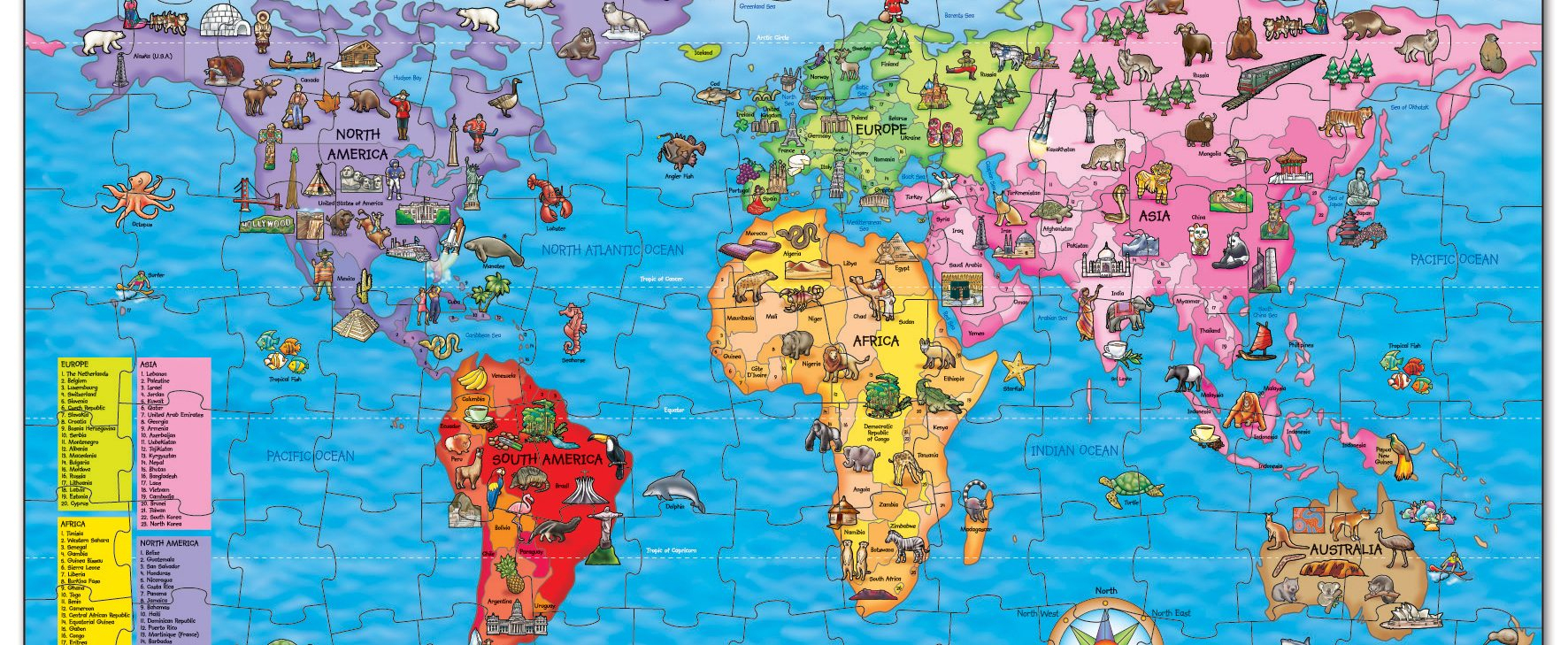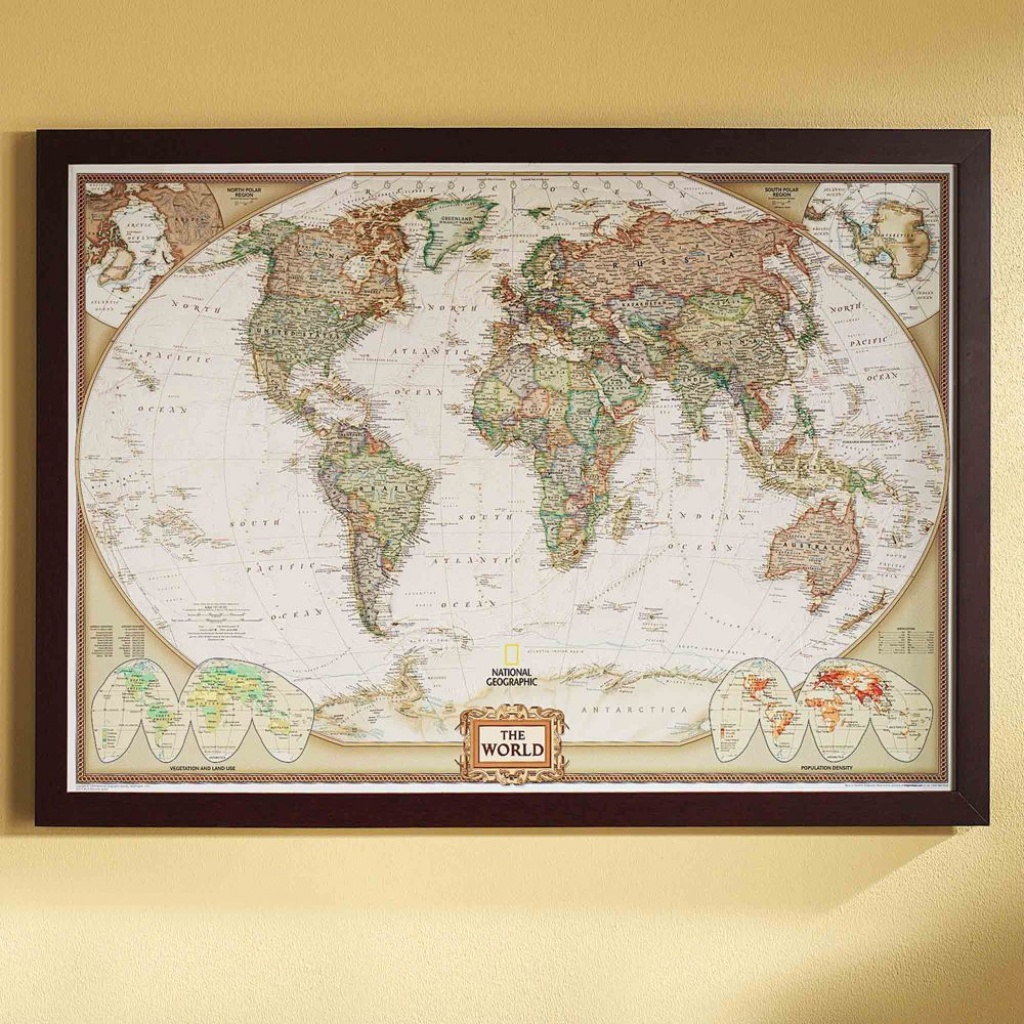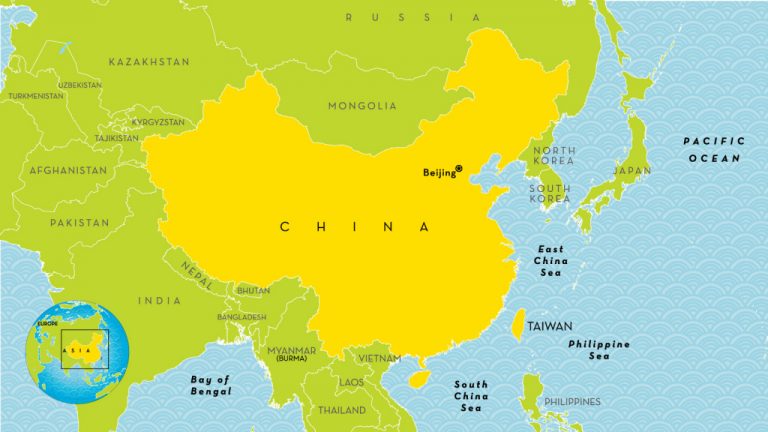Printable National Geographic Kids Weird But True Marine Animals Penguin facts and photos Penguin facts and photos
Education Blog Explore inquiry based ideas lessons and stories Learn from other Explorers educators and young people Join GenGeo our next generation of Explorers Get Inspired Online Courses Connect with a global community of educators while transforming your teaching practice with National Geographic s free online courses for Educational Color a World or United States map with flags Download and print these free coloring maps with flags Published April 6 2020 3 min read Looking for a fun activity you can do
Printable National Geographic Kids
 Printable National Geographic Kids
Printable National Geographic Kids
http://www.fsm-media.com/wp-content/uploads/2015/02/1400699258788-tile.jpg
Spider Facts Primary Resource Learn about our planet s awesome arachnids This primary resource features seven fascinating facts about spiders How many species of spiders are there For how long may a tarantula not eat Which fascinating spider species can change colour
Pre-crafted templates offer a time-saving solution for developing a varied variety of documents and files. These pre-designed formats and layouts can be made use of for various personal and expert jobs, consisting of resumes, invites, leaflets, newsletters, reports, discussions, and more, enhancing the content creation process.
Printable National Geographic Kids

A Coloring Page With Two Turtles Swimming In The Ocean

National Geographic World Map Printable Printable Maps National

Octopus coloring thumb Ocean Coloring Pages Free Coloring Sheets

National Geographic World Map Printable Printable Maps National

National Geographic Coloring Pages Coloring Home

Corey Jacobson

https://www.natgeokids.com/uk/teacher-category/primary-resources
The primary resources support core subjects like English Maths and Science while also covering the wider curriculum with resources for Geography History Art and Culture which includes opportunities for SMSC spiritual moral social and cultural development

https://kids.nationalgeographic.com
National Geographic Kids 1 15 Tarantula Tarantulas skeletons are on their outside of their bodies Learn more amazing facts about the tarantula with National Geographic Kids Spooky Pizza Party Scientists in Costume 5 reasons why bats are the best

https://kids.nationalgeographic.com/nature/article/coloring-book-animals-a-to-i
Bull Shark California Sea Lion Cheetah Chimpanzee Dugong Emerald Tree Boa Emperor Penguin Gal pagos Tortoise Giant Tree Frog Giraffe Gray Seal Gray Wolf Great White

https://kids.nationalgeographic.com/zeus-the-mighty/article/printables
Download the Zeus the Mighty comic from Nat Geo Kids magazine Download the comic to see what Zeus learns from the Oracle of Wi Fi Download the comic to see what the mysterious symbols really

https://kids.nationalgeographic.com/books/article/national-parks-books
Travel the U S and find out about different kinds of trees and what makes nature incredibly awesome
When uncoiled the small intestine is about 7 metres long More about science Find amazing facts about animals science history and geography along with fun competitions games and more Visit National Geographic Kids today 25 to 30 years Size Head and body 7 25 to 8 feet tail 3 to 5 inches Weight 900 to 1 600 pounds Polar bears primarily eat seals Polar bears often rest silently at a seal s breathing hole
Join National Geographic Kids as we get the lowdown on one of our planet s most fascinating insects in our ten facts about h oney bees Facts about honey bees 1 Honey bees are super important pollinators for flowers fruits and vegetables This means that they help other plants grow